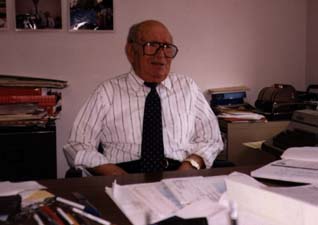|
J. William T. "Bill" Youngs, The Fair and the Falls: Spokane’s Expo ’74: Transforming an American Environment, Chapter Five
|
"Spokane River 1899" courtesy of the Washington State Archives
|
Chapter Five: The City Beside the Falls
|
SummaryBy the turn of the century, Spokane had become one of the largest cities in the inland West. Railroads, industrial, agriculture, and mining all played a role in this explosive growth, as did the steady stream of new immigrants. At the same time, the native population of the Spokane region was "vanishing" -- reduced in numbers, moved on to reservations, and pressured to adopt white ways. This process complete, the white citizens sentimentalized the remaining Indians, viewing them as curiosities at fairs and expositions. In addition to ignoring its native population, Spokane was close to losing its falls. Now encrusted with industrial structures and bridges, the falls seemed forgotten -- especially when the city voted to remove the word "falls" from its name. But a few visionaries, such as park builders Aubrey White and the Olmsted brothers, advocated the renewal of this natural resource.
|
Author reads from the Text
"An urban landscape"
"Boosters extolled Spokane's natural setting in order to lure immigrants. But as more and more settlers built houses, mills, buildings, and factories, Spokane's natural environment quickly gave way to an urban landscape. By the time that Archduke Franz Ferdinand visited in 1893, the urban uses of the falls had overwhelmed the natural setting. During the next two decades, Spokane's rapid expansion continued, and it was one of the fastest-growing cities in the United States."
"A wide open city"
"Spokane needed to attract mine workers and lumberjacks to town on weekends and for the winter, to boost the local economy; so, despite occasional efforts to crack down on prostitution, the city remained wide open. When P. A. Caruso was eighteen, he went to San Francisco. He had heard a lot about that city's red light district, the "Barbary Coast," and he wanted to see it. But in the hotel where he got a job as a bellhop, someone told him not to bother. "'Hell,' he says, 'you come from Spokane!'" The man told him that Spokane was even wilder than San Francisco. "
"Vanishing redskins"
"In such ways, in Spokane and elsewhere in the West, Native Americans were shoved aside, then sentimentalized. Once the Indian wars were over, the reservation system in place, and white numerical superiority established, Americans could safely regret the demise of the 'vanishing redskins,' paint them, photograph them, write articles about them, and then forget them."

